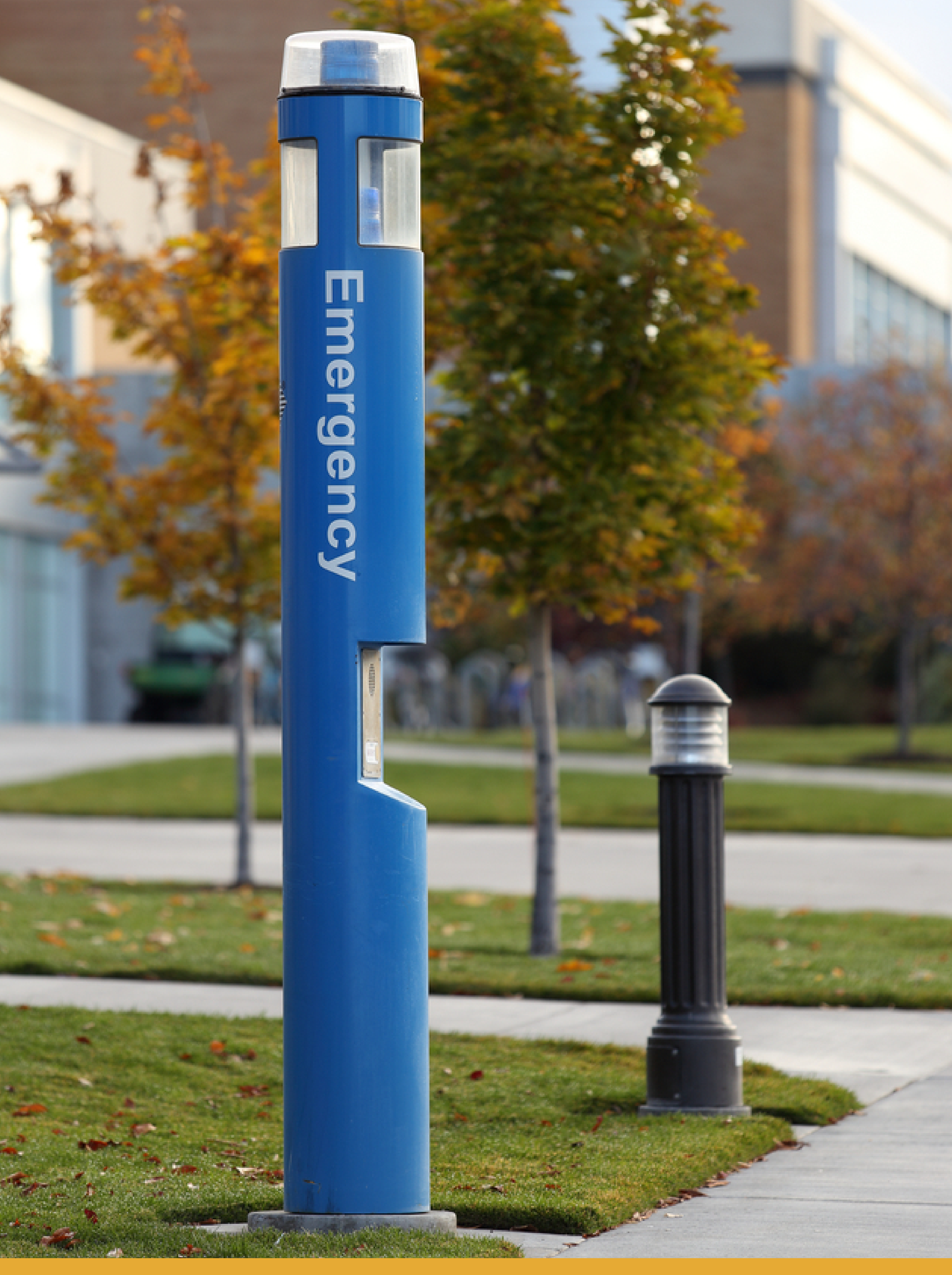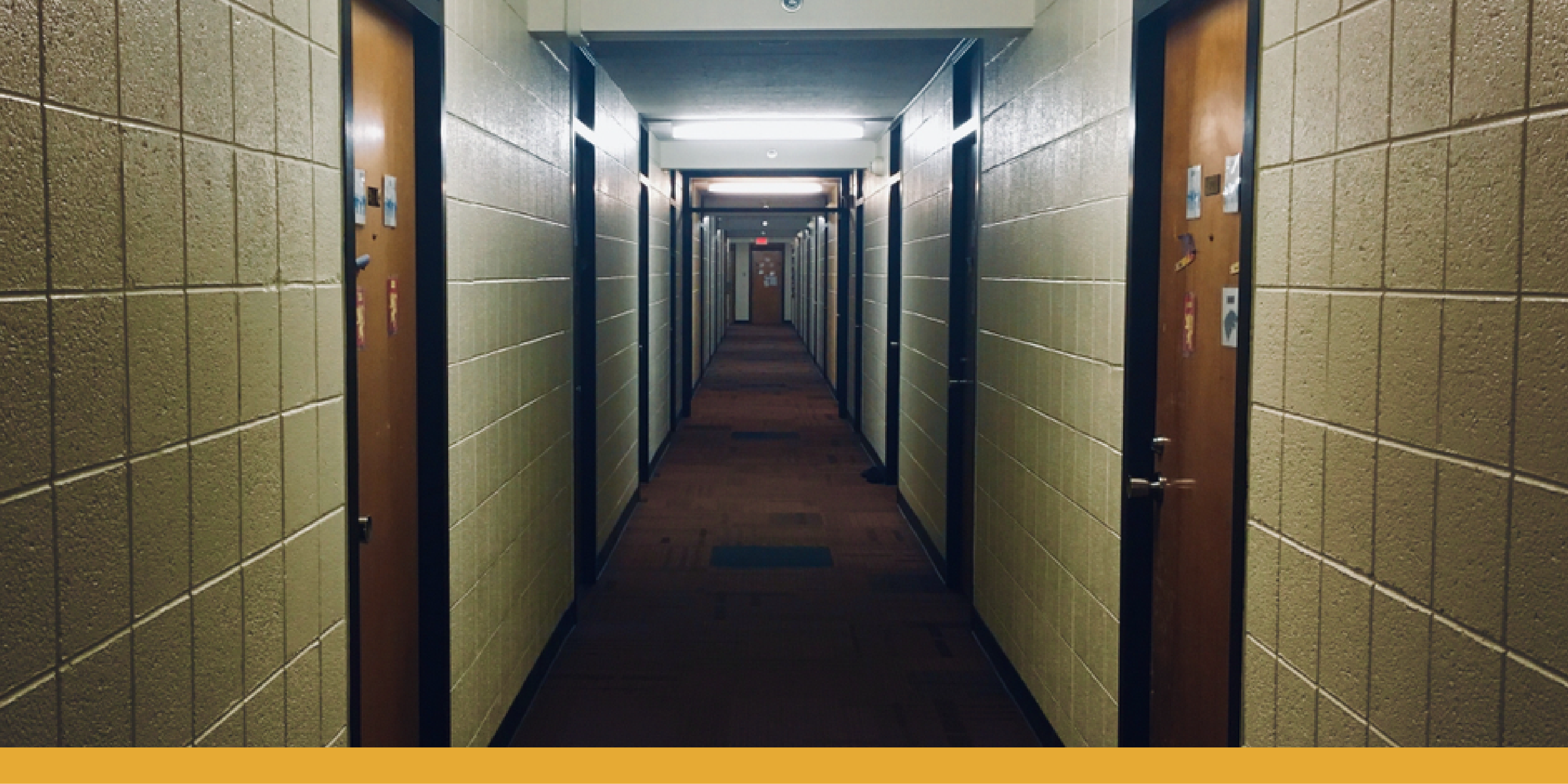Frequency in Higher Education
Sexual harassment, sexual misconduct, and sexual abuse occur in all parts of American society, and institutions of higher education are no exception. Disturbingly, in the U.S., nearly a quarter of female college students and over 5% of male college students experience some form of campus sexual assault. This includes sexual violence and nonconsensual sexual contact committed through the threat of violence, as well as sexual victimization by incapacitation through drug or alcohol use.
By law, colleges and universities are required to take steps to prevent acts of sexual violence and sexual misconduct, such as 1) educating students, faculty, and staff about violence prevention programs, issues related to campus safety, and bystander intervention; 2) creating and following procedures designed to take immediate and effective corrective action to end the hostile environment; and 3) providing resources and support to sexual assault victims. Is your college or university following the law and doing what it is required regarding sexual violence on campus? Are you aware of and do you understand these requirements? Are you aware of what rights and processes you are entitled to as a sexual assault survivor? This article will provide an outline to help answer these questions, as well as point you to additional resources.

Title IX
Title IX of the Education Amendments of 1972 states that “No person in the United States shall, on the basis of sex, be excluded from participation in, be denied the benefits of, or be subjected to discrimination under any education program or activity receiving Federal financial assistance.” Included under the umbrella of “discrimination” are sexual harassment and sexual misconduct.
Sexual harassment includes unwelcome sexual advances, requests for sexual favors, and other verbal or physical conduct of a sexual nature when 1) submission is made a term or condition of an individual’s employment or educational experience; 2) submission to or rejection of such conduct is used as the basis for employment or educational decisions affecting that individual; or 3) such conduct is so pervasive and/or severe that it has the purpose or effect of unreasonably interfering with an individual’s work or academic performance or limiting participation in college or university programs by creating an intimidating, hostile, or offensive working or educational environment.
Sexual misconduct includes sexual assault (including sexual abuse, sexual conduct, or sexual contact by either force, incapacitation, or threat); domestic violence (violence committed by a current or former spouse, co-parent, or person similarly situated); dating violence/intimate partner violence (violence committed by a person who is or has been in a social relationship or an intimate or romantic nature with the victim); and stalking (conduct directed at a specific person that could cause a reasonable person to fear for the person’s safety or safety of others or suffer substantial emotional distress).
When an institution of higher education has notice of a sexually hostile environment, then it must take immediate and effective corrective action to end the hostile environment. An institution has notice if a “responsible employee” knew or, in the exercise of reasonable care, should have known that such an environment existed.
A “responsible employee” is an employee who has the authority to take action to redress the harassment, must report to appropriate school officials the discovery of sexual harassment or any other misconduct by students or employees, OR whom a student could reasonably believe has this authority or responsibility. That last category, “who a student could reasonably believe has this authority or responsibility,” can be murky, and that is why institutions should clearly identify what individuals are responsible employees to its students by educating them, training them, and advertising to them.
Reporting
Victims of sexual violence and misconduct that occurs on college or university property or at any college or university program or activity may report such incidents to their campus Title IX coordinator, any responsible employee (as defined above), or campus law enforcement or campus safety. Although students may report such incidents at any time, it is typically best to do so early so that the institution can respond and investigate quickly and appropriately.

Options Regarding Notifying Law Enforcement
Students may also report incidents to law enforcement at their discretion. There is no requirement to do so, students may decline to do so, and they may also engage both their college or university’s Title IX process AND report to law enforcement. Additionally, note that college or university staff and administrators may be able to assist a student in contacting law enforcement if the student desires.
Confidential Reporting
Due to the sensitive nature of incidents involving sexual misconduct and assault, many victims wish to maintain confidentiality. In such cases, students can share information with mental health counselors or medical professionals. However, in many cases, other college and university employees will not be able to maintain confidentiality and may be required to report such information to the Title IX coordinator.
However, privacy should be maintained by the school to the extent possible and shared only with those who have a legitimate need to know to assist in the review, investigation, and resolution of a complaint. Additionally, if the victim requests that their college or university not disclose their name to the alleged offender, or not to investigate at all, this may significantly limit the ability of the institution to respond to the incident.
Interim Protective Measures
The Title IX coordinator is obligated to act on any report of alleged sexual misconduct to ensure that prompt and appropriate interim measures are taken to stop such behavior and prevent its recurrence. As such, during the review or investigation of such a report, interim protective measures may be put in place. These measures may include things such as a change in class/work assignments or schedules for either the victim or the alleged perpetrator, leaves of absence, withdrawal options, no-contact orders, security escorts, or any other appropriate measures. These interim measures may be instituted at any point, including before the investigation occurs, if appropriate. Additionally, institutions should maintain as confidential any accommodations or protective measures that are provided to the extent that maintaining such confidentiality would not impair the ability of the institution to provide them.
Retaliation
Colleges and universities must protect any person who has filed a complaint or provided witness statements or interviews supporting a complaint.
U.S. Department of Education Office for Civil Rights
Students may also file reports directly with the Department of Education’s Office for Civil Rights (OCR). Reports can include incidents of sexual harassment, misconduct or assault, as well as allegations that a college or university failed to meet its obligations under Title IX.
Investigation and Adjudication Basics
Colleges and universities are required to provide adequate, reliable, and impartial investigations of complaints. This includes providing 1) notice of available interim measures to the victim; 2) notice of potential sanctions to the victim and alleged perpetrator; 3) notice of relevant policies and procedures to both parties; 4) opportunities for both the victim and the alleged perpetrator to present witnesses and evidence; and 5) a written determination of the outcome of the investigation for both parties. Additionally, both parties must be advised about the institution’s policies prohibiting retaliation.
Also, note that the standards of evidence used in Title IX investigations are different from the criminal system. In the criminal system, guilt must be proven beyond a reasonable doubt. In the Title IX realm, however, the standard used is called “preponderance of the evidence.” That simply means that if the evidence shows an individual was more than likely responsible for an offense under Title IX, then that person would be found responsible and disciplined.

The Clery Act
In 1986, a Lehigh University student named Jeanne Clery was raped and murdered by a fellow student. Her parents believed that the university failed to share information concerning campus safety with its students, and they began a campaign for legislation that would require colleges and universities to keep and report information about certain crimes on or near their campuses, as well as to provide timely warnings about threats posed to their campus communities. Their efforts paid off in 1990 when the Clery Act was passed.
The act requires colleges and universities to publish and distribute annual security reports to students and prospective students that include crime statistics for the prior three years, policy statements regarding various campus safety measures, and policies and procedures that the school will follow in the investigation and adjudication of offenses of a sexual nature.
Victims’ Bill of Rights
In 1992, the U.S. government enacted the Campus Sexual Assault Victims’ Bill of Rights as a part of the Higher Education Amendments of 1992. This requires colleges and universities to 1) provide sexual assault victims with certain basic rights; 2) inform victims of their right to notify law enforcement and to assist students in doing so if requested; 3) provide information about counseling and student services that are available; and 4) provide options to change academic and living situations if requested.
Violence Against Women Act (VAWA) and Campus Sexual Violence Elimination (SaVE) Act
In 2013, VAWA was reauthorized by Congress and signed into law by the Obama administration. VAWA included a section called the SaVE Act provisions, which amended the Clery Act by expanding the reporting requirements. This expansion included incidents of domestic violence, dating violence, and stalking.
Reporting to Law Enforcement (Criminal Charges, Restraining Orders, etc.)
Victims can request immediate assistance or report something that has already occurred by calling 911 or their local police department, including campus police or security. Law enforcement will likely ask detailed questions, some of which may be uncomfortable for victims to remember and discuss. Although law enforcement should try to ensure victims are in a safe space, often, recounting such events can be triggering. Therefore, victims may want to consider bringing someone along with them, perhaps including a trained advocate.
Additional Resources and Further Reading
The following is a short list of organizations that offer additional information and resources concerning sexual violence, both in general and specific to college campuses. Additional resources should be available on the websites of all U.S. colleges and universities, as well as at the offices of their Title IX coordinators.
